Text by Jacob Gries
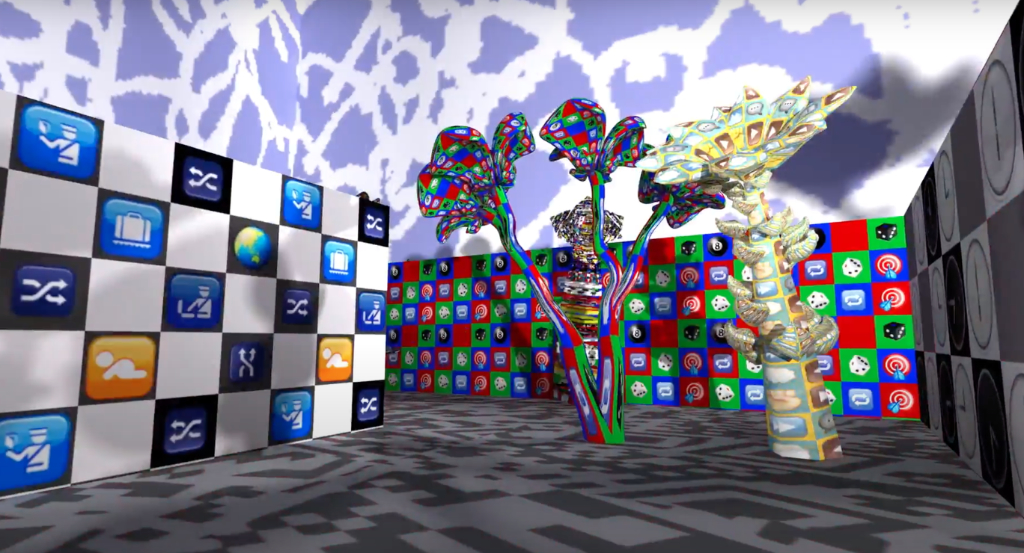
Marshall McLuhan, the famous mid-century theorist and philosopher, was perhaps the first person to realize that modes of communication hold more influential sway over a population than the messages they transmit. In the first chapter of his 1964 book, Understanding Media: The Extensions of Man, he examines this phenomenon through a technological lens and sketches out a reality in which mediums dictate the content that we produce. And now is probably a good time to reveal that the title of that first chapter is The Medium is the Message.
McLuhan’s writings are still as relevant as ever, which is a testament to our insistence on creating more and more technologically-fueled ways to connect with one another; if we continue to careen down this deeply impersonal path, this book will maintain its status as an essential, prescient text. Early on in the first chapter, McLuhan inserts a quote from General David Sarnoff, one of the forefathers of the radio industry, in which Sarnoff proclaims the products of modern science are not in themselves good or bad; it is the way they are used that determines their value.
Most people, in their everyday lives, strive for some modicum of control, whether that be through a deterministic, well-practised routine or through monthly rituals that serve as guideposts around which the calendar orbits. Either way, the goal is always to control what is inherently controllable, to fight back against things we either don’t anticipate or recognize. This constant, and largely invisible, war between The New Thing and The Old Thing is being waged in an era of goalpost-moving that is unrecognisable to most of us. One day, the smartphone is a novel, fun, trite device – more toy than rectangle of despair – and the next, it’s the thing you can’t live without.
Things aren’t until they are, and they are until they aren’t…if that makes sense. Technology iterates and evolves until it eventually trickles down into our lives and routines, rendering the exceptional commonplace and making the unusual the norm.
Change doesn’t necessarily portend progress, though. Martin Luther King Jr.’s belief in a universe’s arc bending toward justice can also be applied to technological evolution – it should lead us to a fairer, better, more egalitarian society, but it’s up to the people in charge to make that happen. And we’ve largely evolved, in the last ten-or-so years, into unconscious adapters, to the point that, when something transforms our way of life in a noticeably positive way, we’re prone to mindlessly adapt to that thing in the name of heightened efficiency.
Think about the last time you saw a transistor radio, or one of those boxy, oversized TVs, or someone with a myspace account – they’re all semi-fossilized anachronisms and have been ushered out in favour of their better, more efficient successors. But if survival and adaptation go hand in hand, how has the art world managed to evade extinction by merely sticking to the status quo? This path isn’t really in the playbook and yet many of the pieces that modern-day critics, gallerists, and potential buyers ogle over resemble, at least structurally, several of the most notable pieces from the 19th century. It’s an industry that’s stuck in time, to a certain degree.
Van Gogh, Cézanne, Manet, and scores of other 19th century artists used canvas to paint their masterpieces, which is a practice that has stood the test of time. I’m not suggesting that nothing’s changed from then until now, but many of those who inhabit the art industry, and the gatekeepers who maintain its old-school sheen, tightly clutch onto the past like it’s a lifeboat in the middle of a hurricane. Now, though, it finally feels as if the tides are starting to turn.
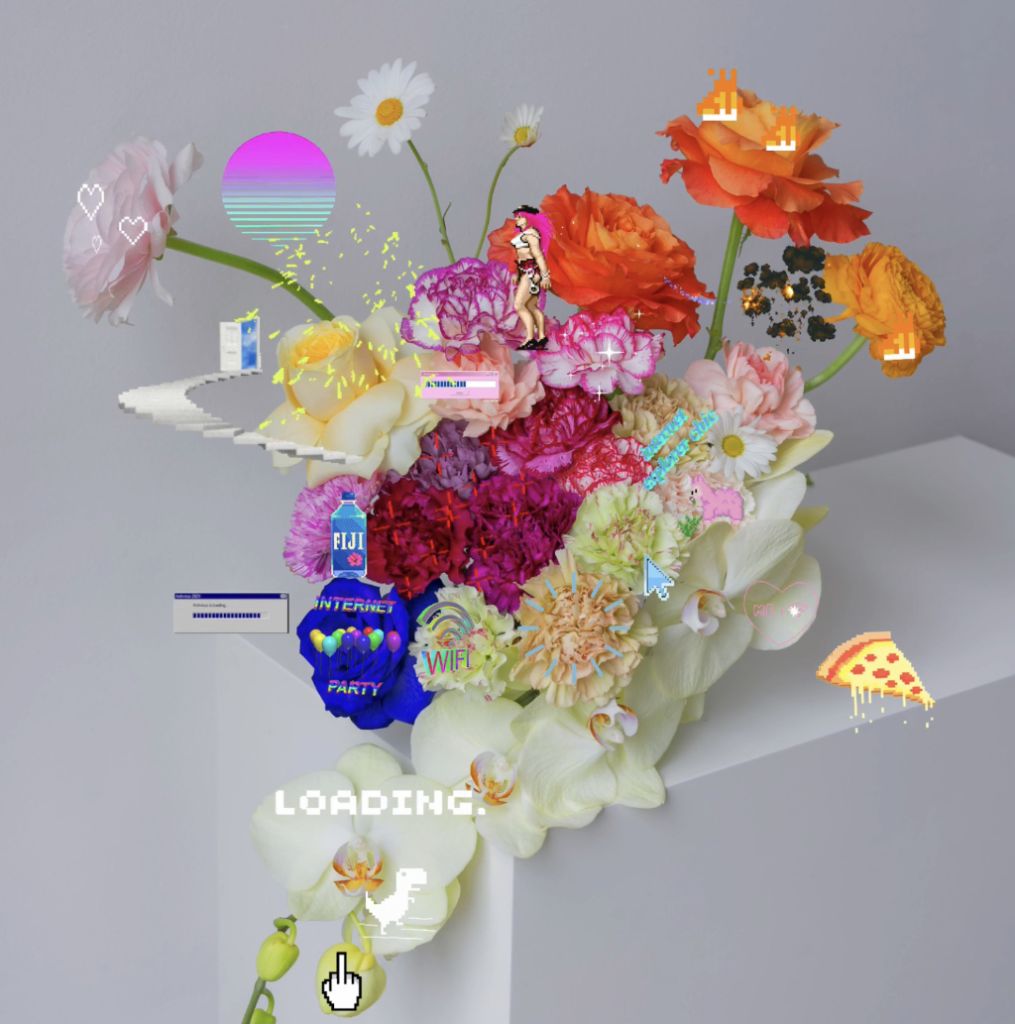
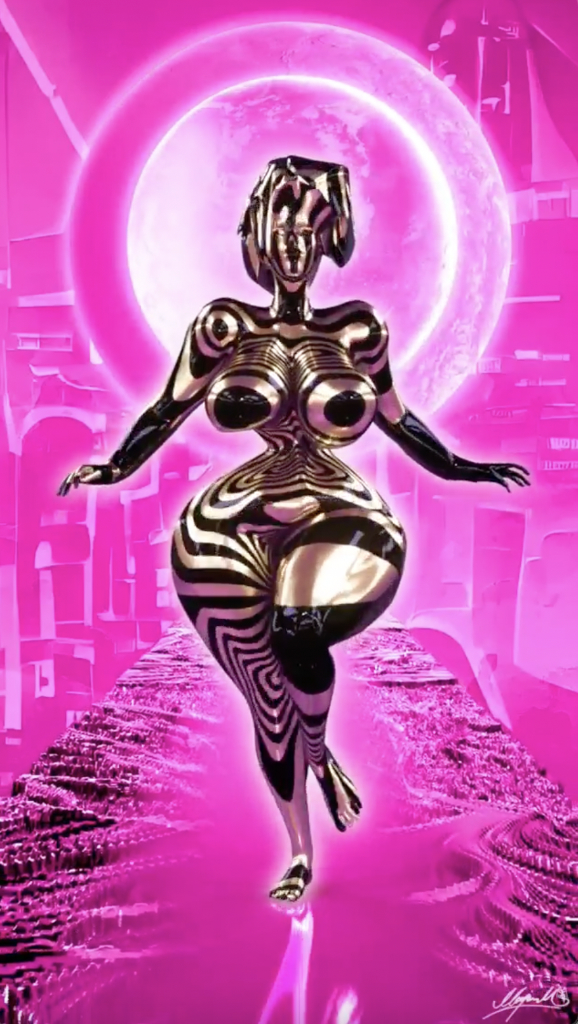
Right: Untitled (NFT), Marjan Moghaddam
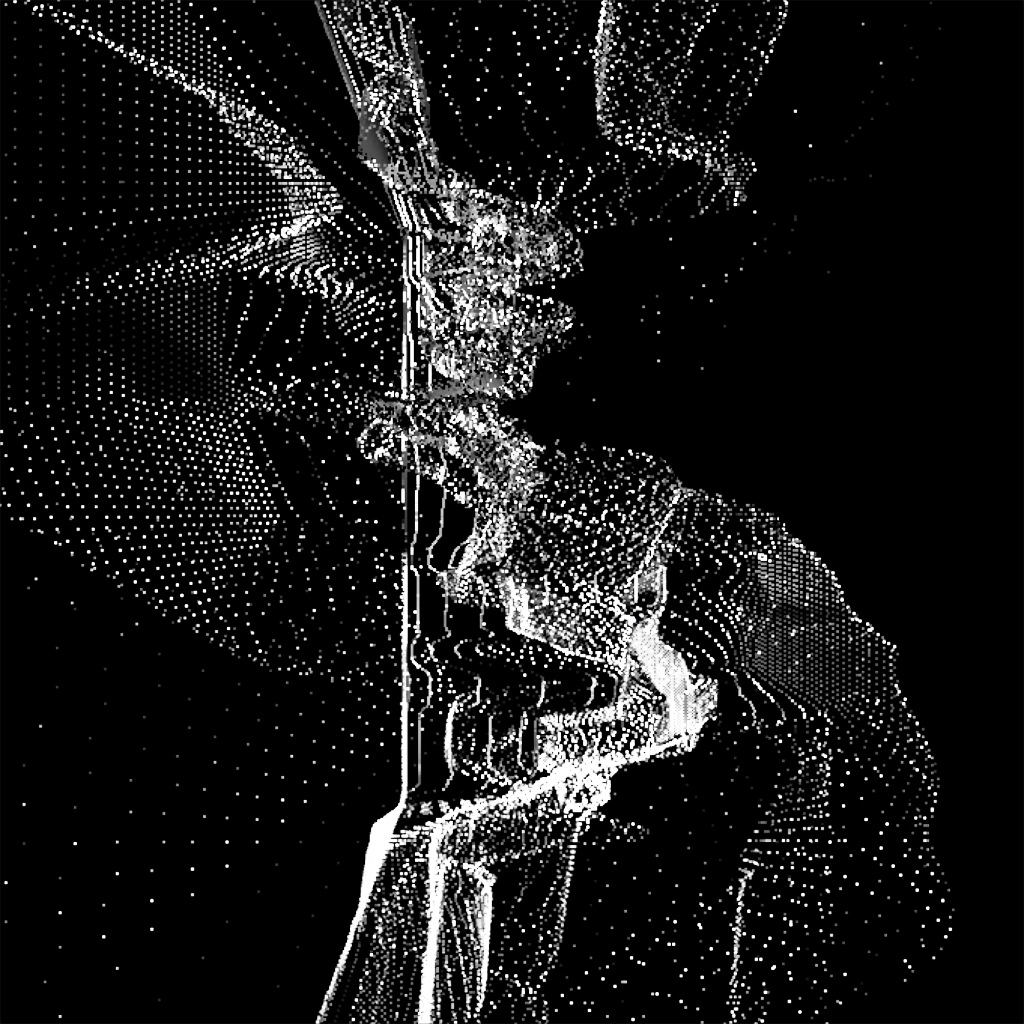
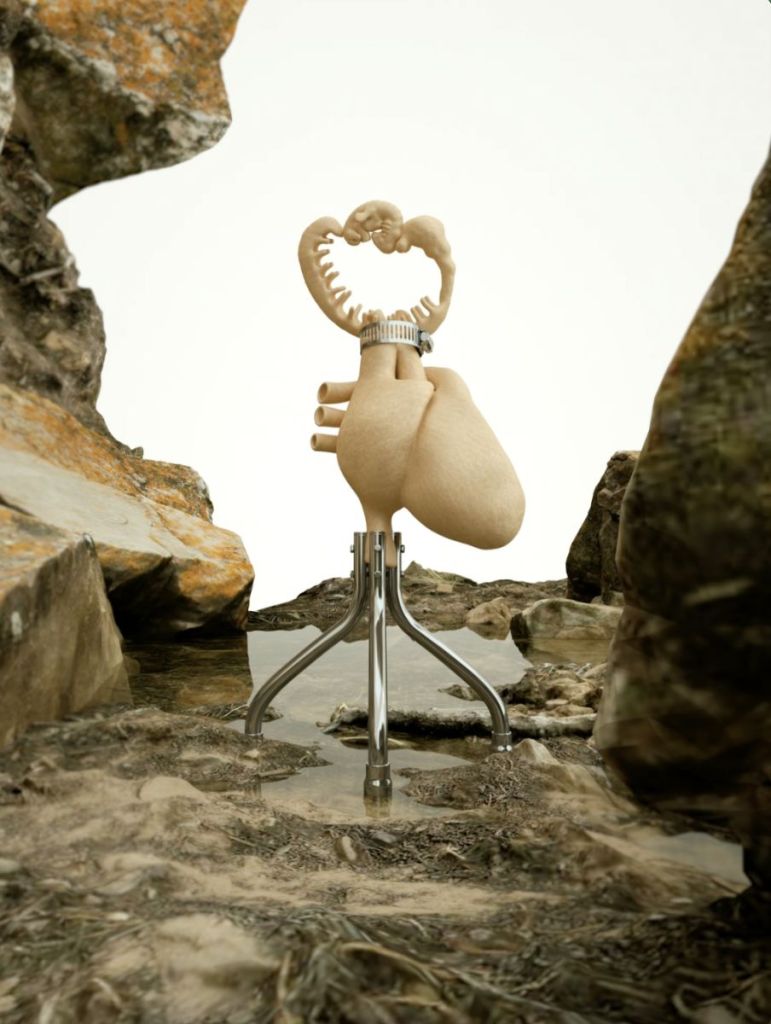
Right: Thin Air (NFT), Stine Deja (2019)
Web3, and by association, NFTs, didn’t create digital art, but they have amplified it. What was once viewed as a sort of niche-within-a-niche is now highly sought after. And sure, an NFT can theoretically be anything – a basketball highlight [1], a single tweet [2], an ugly monkey [3], etc. – but this new medium has seemingly given digital artists a leg up. Where, then, does that leave the rest of the resistant-to-change art world?
There are, of course, those who turn their nose up at this medium, who can’t bring themselves to admit that digital art and traditional art are just different – not worse – parts of the same overarching family. This class of people is trying to maintain a sliver of the world that they once knew, the one in which they were capable of differentiating the good from the bad, the works worthy of our attention from the ones that aren’t. If one never recognizes digital art as art, then they avoid the difficult exercise of contextualising it within the larger oeuvre of art and art history. But digital art has wedged its way into the mainstream, whether “they” like it or not, which makes this job something that is, or will become, essential – a job that Annka Kultys is happy to take on.
Annka Kultys, a forward-thinking gallerist in London, has used her eponymously-named gallery to platform new-age, digital artists – her most recent exhibition, Web 3.0 Aesthetics: In the Future Post-Hype of the NFTs, which ran from the beginning of May to the end of July, featured 27 artworks, all of which were auctioned off through LaCollection, an online platform that works with museums and galleries to facilitate NFT sales.
In her curatorial statement [4] for the exhibition, Kultys takes aim at the media frenzy that has engulfed the conversation surrounding Web3, cryptocurrency, and NFTs. It’s a disservice, she argues, to only talk about Beeple’s $69 million NFT sale or the cult of crypto bros, when discussing these new technologies. It is essential that NFT art is contextualised within art history, she writes, and its collectorship expanded to the traditional art world.
Marlène Corbun, LaCollection’s head curator, was brave enough to admit that even she prefers traditional works. However, she’s come to appreciate the seemingly limitless possibilities of NFTs and digital art, the way they can open up new, previously inaccessible avenues to undiscovered artists with creations that are worthy of our attention. And while these pieces may not bear the faintest resemblance to historical, old-world artworks, they do still opine and comment on our society and its many ills the way their static predecessors did – in many ways, the message remains the same, even if the means through which it’s ultimately communicated has entered a transformative state.
The pieces that comprise Kultys’s exhibition couldn’t really exist in any other medium or at any other moment in art history – in just this collection, there are phantasmagoric representations of vivid, always-shifting flowers and plants; there’s digitally-rendered human avatars and human features; and there’s chaotic, early video game-like patterns, all moving in unison to create what can best be described as a semi-glitchy technological symphony of numbers, colours, and unidentifiable shapes.
Many of the artists behind these works are just as new to this space as the general public – a majority of them had never minted or dropped an NFT before 2021. Everyone is adapting and learning in real-time, which is why placing these pieces next to history’s well-known works is exceedingly difficult. In time, though, we may look back on this moment as an inflection point of sorts, as the time in which “old” art merged with its “new” counterpart to create a fully realized whole. Because when you examine the whole story, the message behind a specific piece is a given, but the medium is constantly in flux.






